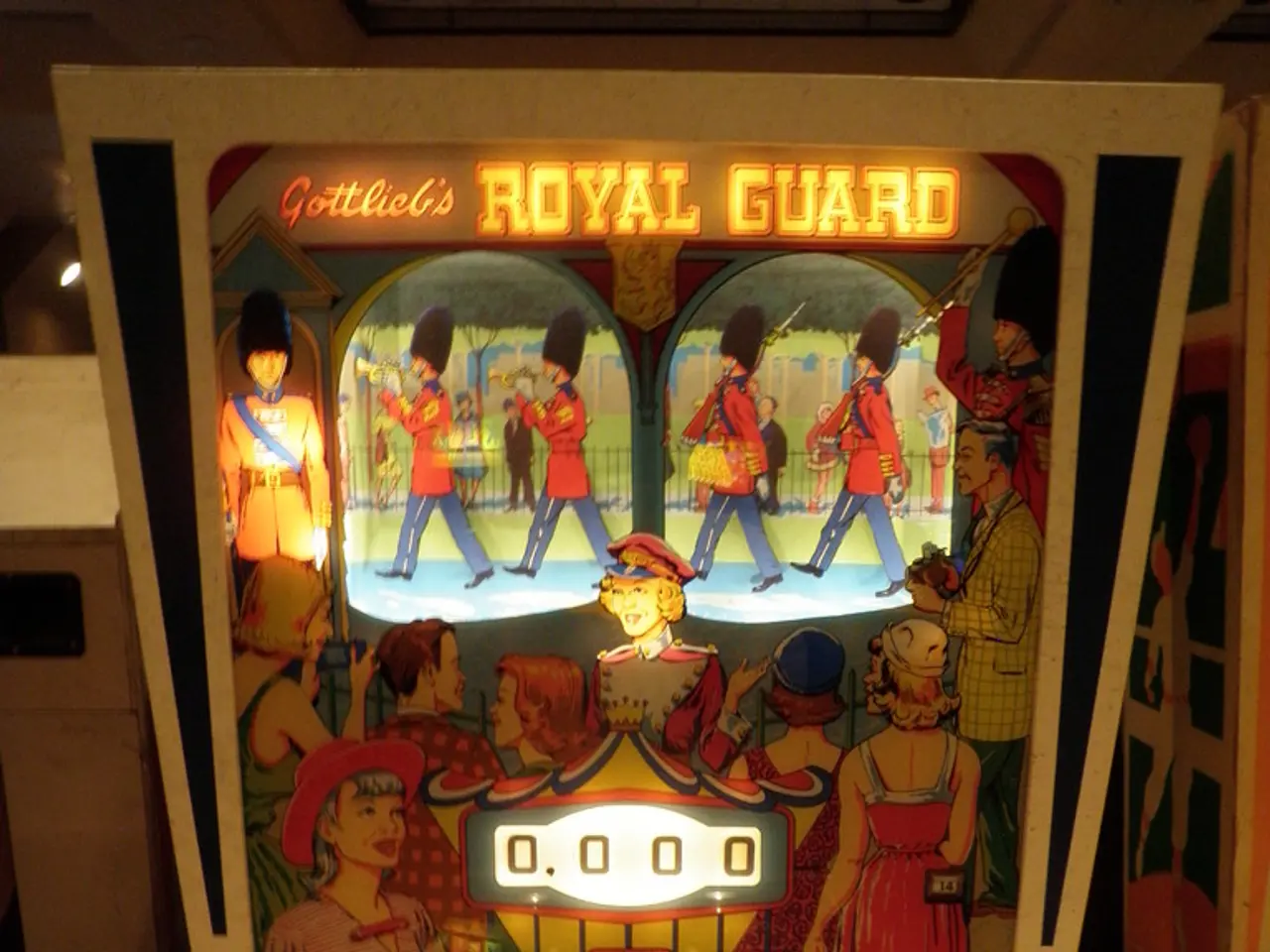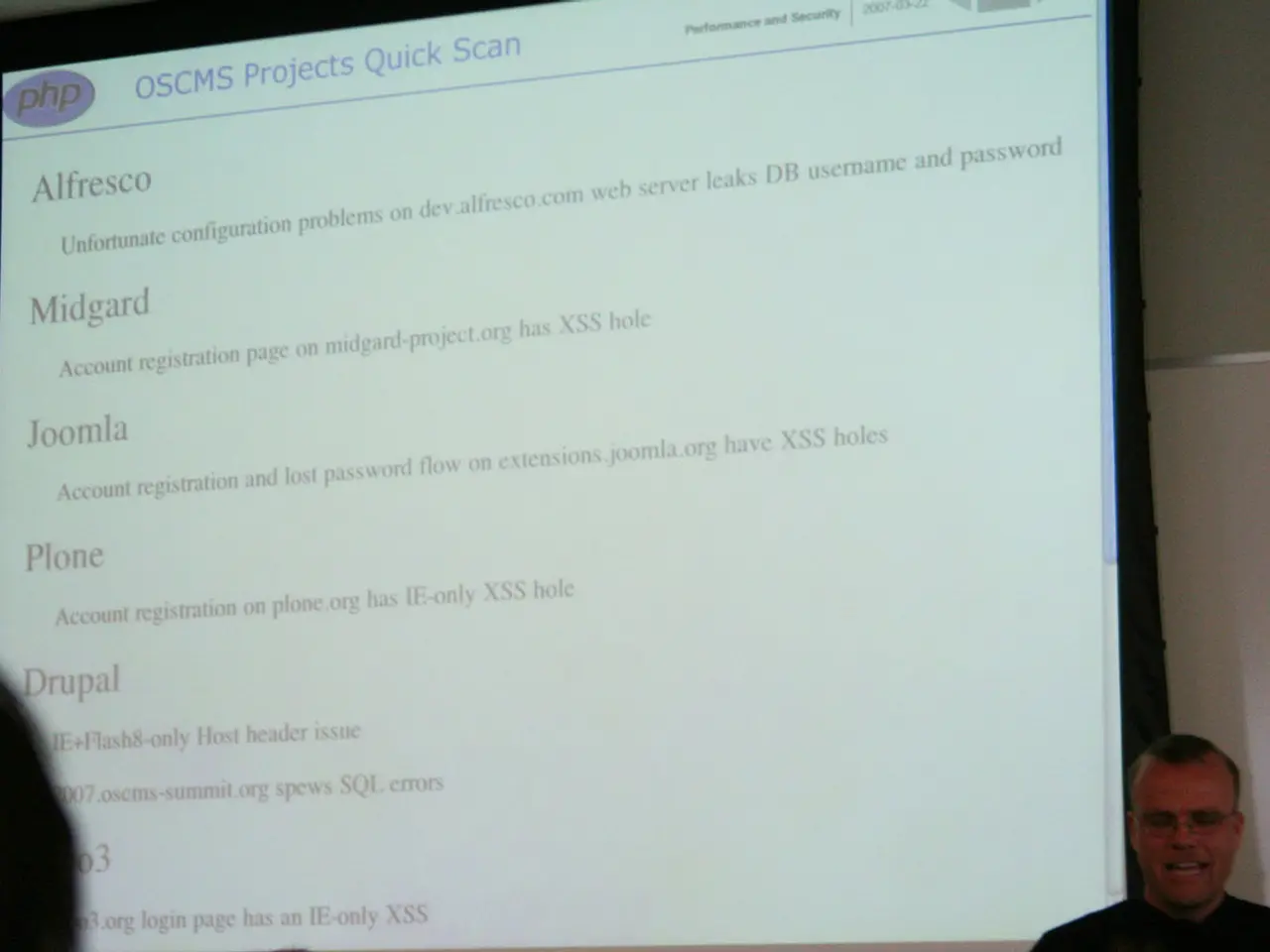YouTube Introduces Collaborative Tagging for Clips: Examining the Potential Impact of Joint Labeling on Creators' Visibility
YouTube Introduces Collaboration Tagging Feature for Enhanced Creator Partnerships
YouTube has taken a significant step to boost collaboration among video creators by introducing a new collaboration tagging feature. This feature allows creators to formally tag collaborators directly on their videos, making co-authorship immediately visible.
The new feature, currently in a pilot phase with select trusted creators like MrBeast and his partners, brings several potential benefits.
Audience Growth
Tagged collaborators' videos get recommended to the audiences of all involved creators, expanding reach beyond the primary uploader’s channel. This opens up opportunities for smaller creators to gain visibility from larger channels’ audiences.
Fair Credit and Discoverability
The feature gives formal credit to all creators involved, promoting transparency about co-creation and facilitating easier discovery of partner channels by viewers who can click collaborator names and subscribe immediately.
Revenue and Advertising Opportunities
While currently focused on credit sharing, this feature could evolve to allow shared ad revenue among collaborators, unlocking new monetization and cross-channel advertising possibilities.
Alignment with Industry Standards
YouTube’s move brings it in line with platforms like TikTok and Instagram, which already offer collaboration tagging, thereby supporting creator partnerships more effectively and encouraging joint content creation.
The feature reflects an evolving understanding that modern content creation is rarely a solo endeavor. Early success may lead to deeper Studio integrations, including shared analytics, revenue-sharing options, and collaborative playlists.
Collaborative tagging ensures that co-creators' presence registers in recommendation algorithms and subscription prompts. Until now, co-created YouTube videos required creators to name partners in the description or pitch them verbally.
YouTube is piloting a tag system that displays all video collaborators' avatars beside the title. The feature requires an invitation-and-accept workflow for creators to agree before their channel is credited on a collaborator's clip. This consent-based system ensures that creators cannot be arbitrarily associated with content or leveraged for exposure without their approval.
The feature's success could usher in YouTube’s next era of collective storytelling. Smaller or niche channels can reach millions of new viewers through collaborations with larger creators. YouTube may introduce collaborative playlists or co-managed live streams in the future.
In summary, the new collaboration tagging feature enhances creator collaboration visibility, fosters equitable audience sharing, and could transform monetization possibilities, benefiting both creators and audiences by making collaborative content easier to find and engage with across YouTube.
- This collaboration tagging feature on YouTube, which currently gives formal credit to all creators involved, could potentially lead to shared ad revenue among collaborators, opening up new monetization opportunities and aligning YouTube more closely with social-media platforms like TikTok and Instagram.
- As a result of the new collaboration tagging feature, smaller creators may find increased visibility from larger channels’ audiences on YouTube, allowing them to engage with a broader audience and gain a foothold in the entertainment industry through social-media collaboration.




